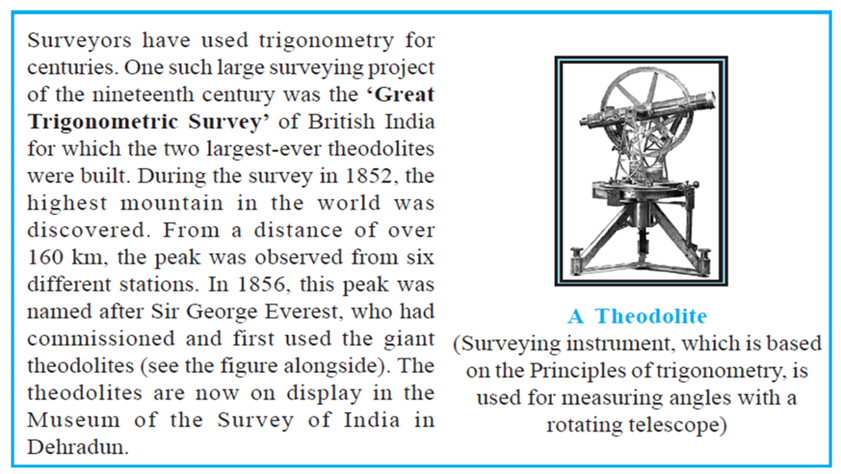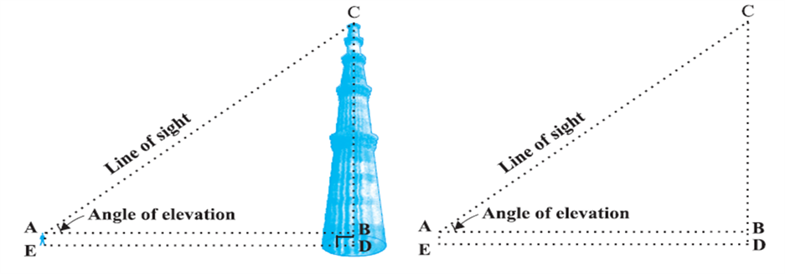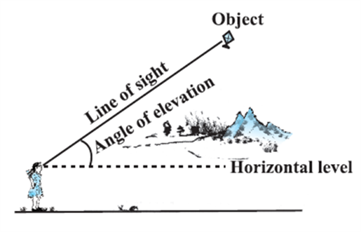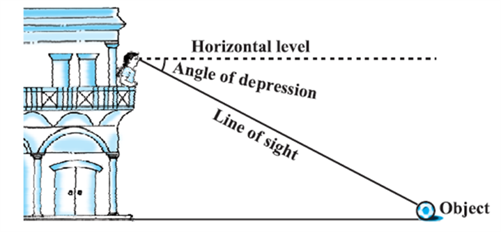Introduction
- Books Name
- Kaysons Academy Maths Foundation Book
- Publication
- Kaysons Publication
- Course
- JEE
- Subject
- Maths
Chapter -10
Some applications of trigonometry
Introduction
In the previous chapter, you have studied about trigonometric ratios. In this chapter, you will be studying about some ways in which trigonometry is used in the life around you Trigonometry is one of the most ancient subjects studied by scholars all over the world As we have said in Chapter 8, trigonometry was invented because its need arose in astronomy. Since then the astronomers have used it, for instance, to calculate distances from the Earth to the planets and stars. Trigonometry is also used in geography and in navigation. The knowledge of trigonometry is used to construct maps, determine the position of an island in relation to the longitudes and latitudes.

In this chapter, we will see how trigonometry is used for finding the heights and distances of various objects, without actually measuring them.
Heights and Distances
Let us consider Fig of previous chapter, which is redrawn below in Fig.

In this figure, the line AC drawn from the eye of the student to the top of the minar is called the line of sight. The student is looking at the top of the minar. The angle BAC, so formed by the line of sight with the horizontal, is called the angle of elevation of the top of the minar from the eye of the student.
Thus, the line of sight is the line drawn from the eye of an observer to the point in the object viewed by the observer. The angle of elevation of the point viewed is the angle formed by the line of sight with the horizontal when the point being viewed is above the horizontal level, i.e., the case when we raise our head to look at the object (see Fig).

Now, consider the situation given in Fig. The girl sitting on the balcony is looking down at a flower pot placed on a stair of the temple. In this case, the line of sight is below the horizontal level. The angle so formed by the line of sight with the horizontal is called the angle of depression.
Thus, the angle of depression of a point on the object being viewed is the angle formed by the line of sight with the horizontal when the point is below the horizontal level, i.e., the case when we lower our head to look at the point being viewed (see Fig).

Now, you may identify the lines of sight, and the angles so formed in Fig. Are they angles of elevation or angles of depression?
Let us refer to Fig. again. If you want to find the height CD of the minar without actually measuring it, what information do you need? You would need to know the following:
(i) The distance DE at which the student is standing from the foot of the minar
(ii) The angle of elevation, ∠BAC, of the top of the minar
(iii) The height AE of the student.
Assuming that the above three conditions are known, how can we determine the height of the minar?
In the figure, CD = CB + BD. Here, BD = AE, which is the height of the student.
To find BC, we will use trigonometric ratios of ∠BAC or ∠A.
In D ABC, the side BC is the opposite side in relation to the known ∠A. Now, which of the trigonometric ratios can we use? Which one of them has the two values that we have and the one we need to determine? Our search narrows down to using either tan A or cot A, as these ratios involve AB and BC.
![]() which on solving would give as BC.
which on solving would give as BC.
By adding AE to BC, you will the height of the minar.
Now let us explain the process, we have just discussed, by solving some problems.

 Kaysons Publication
Kaysons Publication
